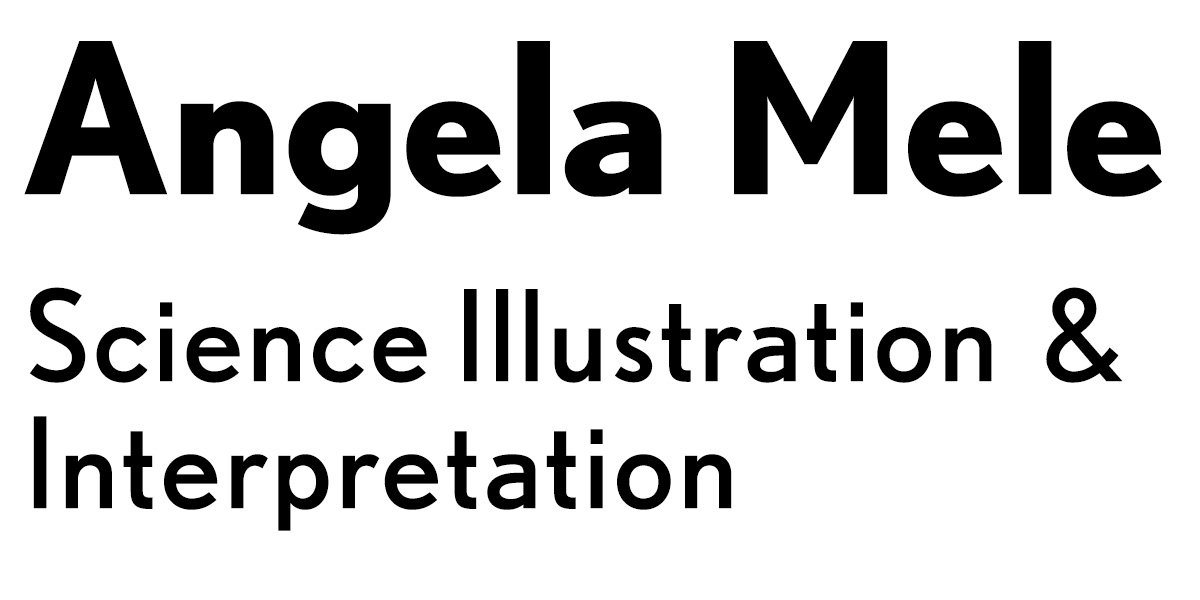
interpretive planning & design process
Compelling interpretation starts with solid planning.
An interpretive plan is a framework for an exhibition, or for all forms of public engagement at your site. It guides a cohesive narrative—expressed through creative, strategic design—that hooks your audience and helps your organization achieve its goals.
With the plan in place, design and fabrication can happen more efficiently and tend to be more fun!
Here’s how I led the process at Central Print, a letterpress studio in St. Louis.
Interpretive Planning
Through conversations with Central Print’s board and director, I learned that their current goals included:
making the space more conducive to self-guided exploration
interpreting letterpress history and technology in a way that’s engaging to experts and newbies alike
encouraging more donations from existing and new partners
I got to know the space (and the heavy metal machines!). I came in during studio hours, made some prints, talked to visitors and observed their questions and interests, and then (as the pandemic set in) attended virtual programs like artist-in-residence talks.
I dove into the history of letterpress, especially in St. Louis. How did western expansion and printing influence each other? What stood out about the many fonts that were designed in St. Louis? How are contemporary studios like Central Print influenced by this history?
All of this informed an initial Big Idea, key takeaways, and themes. I ran these by some letterpress experts, visitors, and the board, and adjusted according to feedback.
Some interpretive planning efforts are much larger in scope, but for this small non-profit (and small budget), this informal, broad-strokes approach worked fine.
The art and business of letterpress in St. Louis has shaped the culture of the city and the western U.S. for 200 years.
— Big Idea
Concept Design
With the interpretive plan approved, I moved into a sources-cited Content Outline and ideation around how the narrative would be translated through physical and visual design. I combed library books and local archives for images that could help tell our story. It was also time to nail down a project schedule and re-visit the budget.
It’s important to me and Central Print to reuse materials and make things ourselves as much as possible. Neighbors at C.R.E.W Construction generously donated yellow pine wood scraps for our label mounts.
After a few weeks, I had compiled an “Interpretive Framework”—a spreadsheet correlating each exhibit section and subsection with a theme, key takeaways, label types, images, and any objects to be displayed. For this small set of graphics, we planned a simple Label Hierarchy with just two label types: Section Intro Panels introducing the theme of each section, plus smaller Focus Panels interpreting specific letterpress machines and equipment in relation to the broader section theme.
I shared the Interpretive Framework and some writing samples with the board to give a sense of the tone I envisioned: lyrical, and as informal as possible but with areas that go into more depth about a person or topic that letterpress aficionados would find interesting.
Keyboards clink. Corresponding letterforms align. Molten lead fills the forms—and a line of type is ready for the press. After decades of failed attempts to engineer such a machine, the revolutionary Linotype was invented.
— Excerpt of label
Design Development
With a solid framework in place and images chosen, it was time to make a final Exhibit Script and to work through iterations of graphic design.
Pulling from my content outline, I described the actions of printmakers past with vivid language. I used statistics to convey how massive technological and cultural changes unfolded in tandem with St. Louis’s booming letterpress businesses. I made sure that the text anticipated visitors’ questions and invited them to imagine the smells, sounds, textures, and social dynamics in a bustling print shop.
I can design simple graphics, but I usually phone a friend to make them shine. Amity Femia helped emphasize the main messages through form, color, and the fun idea to emphasize the idea of reproduction with fanned stacks of printed matter. It’s important to print drafts (or in printmaking language, “proofs”) of each type of exhibit graphic to ensure that everything is legible, appropriately-sized, and made with materials that look and feel good.
When the script was near-complete I sent it to the board and to historian Robert Mullen, whose book Recasting a Craft: St. Louis Typefounders Respond to Industrialization was instrumental in my research. Robert provided helpful edits and wonderful images from his private collection.
Example of a “Focus Panel.” Above-right, a larger “Section Intro Panel” is under scrutiny after printing.
Fabrication & Installation
With all content approved and graphics designed, we could move to final production. For efficiency, we did not print our labels with letterpress! Instead, a local print shop made digital prints mounted on foam core. The only fabricated component of this small-scale project was the wooden mounts for our signs. Local exhibit designer Chris Lucas routed the donated yellow pine to accommodate our 1/4” thick graphics. Installation was simple—we placed the mounted Focus Labels on top of the relevant machines, and put Section Intros on countertops or magnetized them to walls.
“Our collection of printing equipment looked intriguing but puzzling, like a wall of hieroglyphics. Angela’s interpretation gave life to those machines, clearly showing how and why they were used, and what they produced.”
— Mark Sableman, board member






